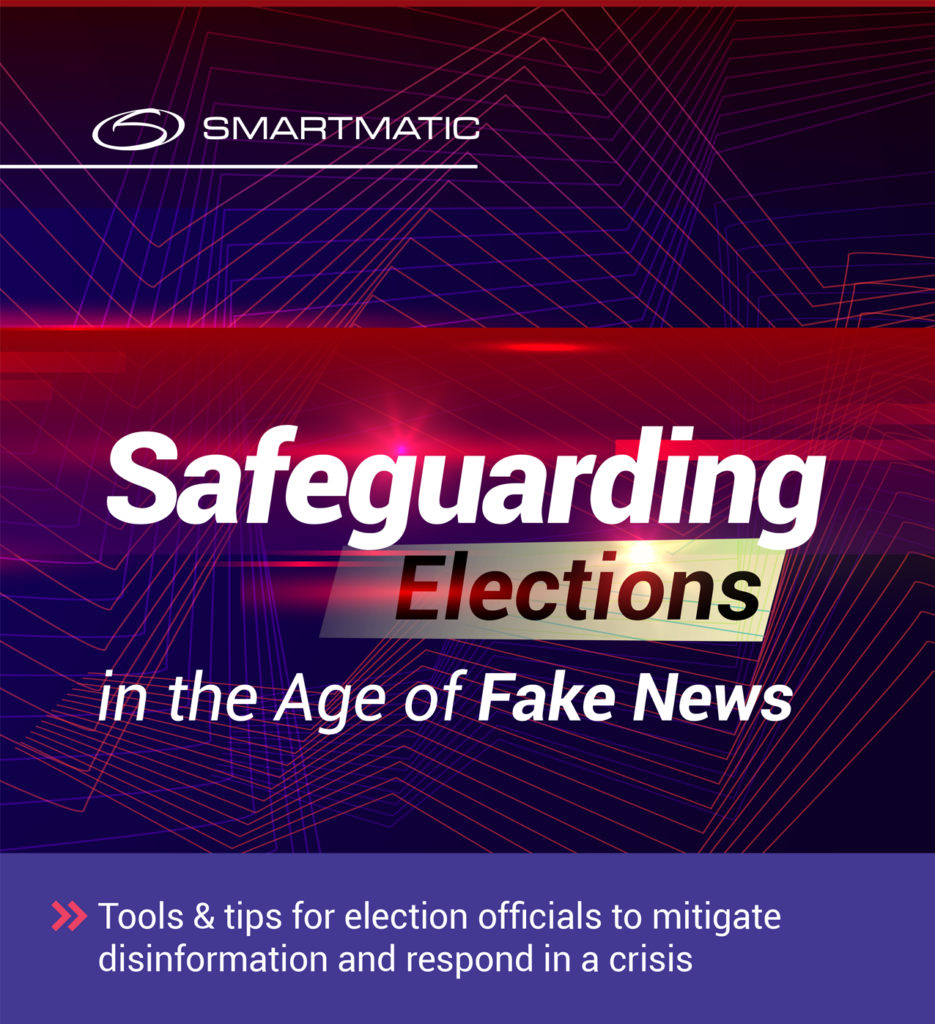
In 2022, Chile revised its constitution after 78% of citizens voted in favor of it in 2020. The 50 elected members of the constitutional council drafted the new document. As the referendum vote approached, misinformation exploded across Facebook, Instagram, Twitter, TikTok and WhatsApp. Bad actors falsely claimed that the new constitution would ban private property, allow abortions in the ninth month of pregnancy, remove national symbols, and allow prisoners and migrants to vote. While the proposed constitution was considered far too progressive even for those who initially supported the idea, misinformation likely was a major contributor to the souring of public opinion. Some 62% of citizens voted against the new constitution. A marked change from the nearly 80% that had voted for it just 2 years earlier.
The problem of false information around elections is growing profound with Latin America’s increasing use of social media as the primary channel for political engagement. In 2022, Latin America had more than 392 million social network users, second only to the Asia-Pac region. Facebook and TikTok were the two most widely used platforms.
Additionally, an estimated 90% of Latin American internet users use WhatsApp, which is known to disseminate disinformation. Encrypted messaging services like WhatsApp and Telegram present a great challenge in monitoring and curtailing disinformation campaigns, since there are very few fact-checking mechanisms that can break the encryption barrier. It is just one of many mountains election officials in region face.
To help election officials worldwide combat false narratives, Smartmatic has published the second edition of its popular handbook, Safeguarding Elections in the Age of Fake News. The handbook is a guide to help election officials prepare their organization ahead of a crisis occurring. It gives practical, actionable advice for structuring a team and preparing them, as well as steps for managing through a crisis. It also includes post-crisis follow up and lessons learned steps. Here’s a small excerpt:
Your contact lists should include your Incidence Response Team, including communications team, spokespeople and PR consultants.
• Media list (names, titles, etc.) and the internal contact for each journalist.
• Experts and third parties (and their areas of expertise/interest).
• Key executives and their roles.
You may already have plans in place to deal with false information. Hamilton County does, but they continue to struggle with the ill effects of fake news. The second edition Fake News Handbook is free for election officials to download. You have nothing to lose and everything to gain. Click this link or the image below to download it now.
